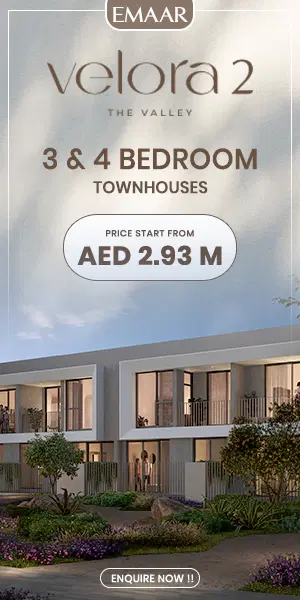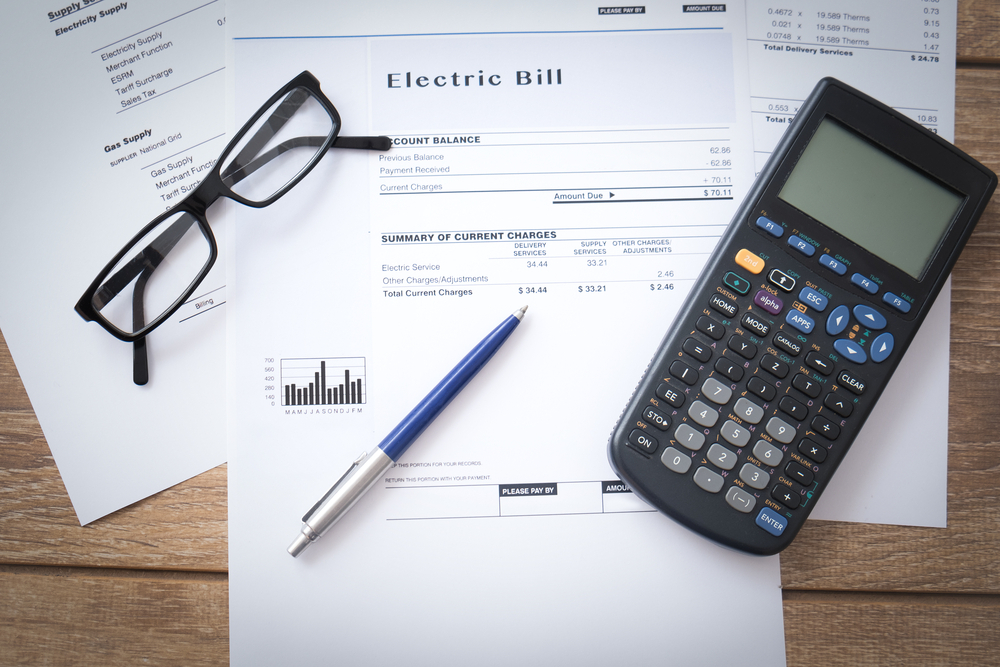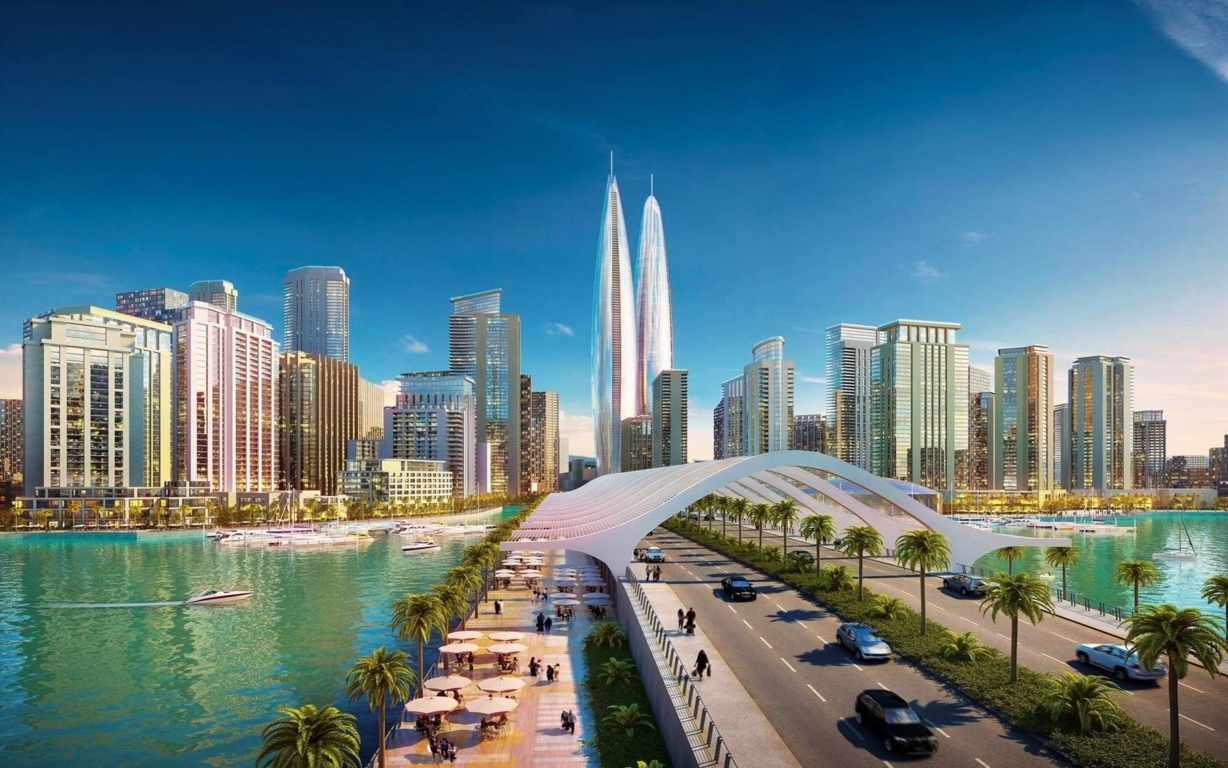1% Payment Plan in Real Estate Explained for Smart Buyers in Dubai
The Dubai property market has long been a magnet for investors, homeowners, and expatriates. In recent years, one financing model has stolen the spotlight: the 1% payment plan in real estate. This scheme, introduced by leading developers, allows buyers to pay just 1% of the property price monthly after an initial down payment.
For many, it represents the difference between renting indefinitely and finally securing ownership in one of the world’s most vibrant cities.
The idea appeals to two major groups: first-time homebuyers seeking easy home buying in Dubai, and investors looking for a low-barrier entry into premium developments. By transforming hefty milestone payments into smaller instalments, it offers unparalleled Dubai property payment flexibility.
In this blog, we’ll explore how the 1% scheme works, its benefits and risks, comparisons with traditional plans, and examples of projects currently offering it. Along the way, we’ll highlight insights, statistics, and buyer considerations to help you evaluate if this model aligns with your financial and investment goals.
What Is the 1% Payment Plan in Real Estate?
At its core, the 1% payment plan in real estate is a financing model that spreads property payments into manageable monthly instalments of 1% of the property’s value. Typically, buyers pay a 20% down payment at booking. The remaining 80% is split into 1% monthly instalments until handover. In some cases, developers also extend the scheme post-handover.
For example, Danube Properties, often credited with launching this trend, offers buyers the chance to pay 20% upfront and then settle the rest through predictable monthly instalments. This Dubai 1% property scheme was soon adopted by other developers, making it a mainstream option for off-plan sales.
Structure vs. Traditional Plans
Traditional Plans: Usually require 10–20% upfront, followed by 10–20% at construction milestones, and a final bulk payment at handover.
1% Plan: Reduces financial stress by making payments predictable and similar to rent.
A buyer purchasing a AED 1.2 million apartment under this plan would pay AED 240,000 upfront and AED 12,000 per month. In many cases, this is less than the rent for similar properties in Downtown or Dubai Marina.The clear structure, predictability, and affordability explain why this model has become a game-changer.
How Does the 1% Payment Plan Benefit Home Buyers?
For homebuyers, the primary attraction lies in affordable property ownership in Dubai. Instead of waiting years to save large lump sums, buyers can redirect what they currently pay in rent toward property ownership.
Key Benefits
Lower Initial Commitment: Only ~20% upfront vs. bulk milestone payments.
Predictable Monthly Outflow: Instalments equal to typical rent make budgeting easy.
Accessibility for First-Time Buyers: The biggest hurdle—large deposits—is removed.
Flexibility: Easier to match monthly outflows with salaries.
Long-Term Stability: Property ownership offers security against rising rents.
Market Insight: According to Knight Frank, Dubai’s residential rents rose 22% year-on-year in 2023. Buyers on a 1% plan shield themselves from these increases by locking into fixed monthly instalments.
Real stories highlight its impact. Young expatriates often note that paying AED 8,000–12,000 monthly toward ownership feels more rewarding than paying rent with no return. Families appreciate the ability to secure homes in quality communities without straining liquidity. In short, the 1% plan has turned home buying into a realistic ambition for thousands of residents.
Why Are Dubai Developers Offering the 1% Payment Option?
The introduction of the 1% model reflects developer strategy as much as buyer demand.
Main Reasons Developers Offer It
Market Competition: With a flood of new off-plan launches, developers need attractive selling points.
Post-COVID Recovery: After 2020, buyers sought flexibility. Developers responded with installment-friendly offers.
Expanding Buyer Base: It appeals to salaried expatriates who may lack large savings but earn steady incomes.
Marketing Advantage: “Pay like rent” resonates strongly with end-users.
These developer incentives and Dubai real estate strategies helped fuel Dubai’s record-breaking performance. In 2023, the Dubai Land Department reported AED 411 billion worth of transactions, up 36% from the previous year. A significant share of these were off-plan deals supported by flexible instalment structures.
For developers, the plan ensures a continuous cash inflow and faster sales cycles, while buyers enjoy affordability. It’s a win-win model.
Is the 1% Payment Plan a Good Investment Strategy?
Investors have a different perspective. For them, the key question is whether the model enhances returns.
Pros and Cons
Pros | Cons |
Lower barrier to entry, freeing liquidity for other investments | Long payment commitments may tie up cash |
Capital appreciation during construction often exceeds instalments paid | Reliant on developer delivery timelines |
High demand for such units boosts resale value | Inflation risk over long tenure |
Supports rental yield post-handover, aligning with property investment benefits in Dubai | Exit strategies are slower if restrictions apply |
Investor Data: Average rental yields in Dubai remain among the world’s highest at 6–8%, compared to London (3%) or New York (2–3%). Off-plan properties purchased under 1% plans are particularly attractive in rental-demand areas such as Dubai Hills Estate or Business Bay. For investors seeking medium-to-long-term gains, the 1% plan can be an excellent strategy, provided due diligence is conducted.
How Does the 1% Plan Compare to Traditional Payment Plans?
A structured real estate payment plan comparison highlights how the 1% model differs from legacy methods.
Feature | 1% Payment Plan | Traditional Plan |
Down Payment | ~20% upfront | 10–25% upfront |
Monthly Outflow | Small, predictable (1%) | Large instalments at milestones |
Mortgage Reliance | Minimal | Often required to meet lump sums |
Risk Spread | Shared gradually with the developer | Higher risk with larger upfront sums |
Best For | Salaried expats, first-time buyers | Cash-ready investors |
While traditional plans suit buyers who prefer short timelines, the 1% scheme wins for those who want flexible property payment Dubai options and stable cash flow.
What Should Buyers Check Before Committing to a 1% Payment Plan?
The scheme is attractive, but it requires careful research. Ensuring due diligence on Dubai property is key.
Buyer Checklist
Developer Credibility: Review past delivery records.
Location Potential: Is it in a growth corridor like Dubai South or an oversupplied zone?
Payment Schedule: Ensure clarity on handover and post-handover phases.
Hidden Costs: DLD fees, service charges, or penalties must be factored in.
Exit Clauses: Understand resale or assignment rules.
Buyers should also confirm RERA approvals and escrow account protections. These safeguards reduce risks tied to long-term commitments.
Which Dubai Projects Offer the 1% Payment Plan in 2025?
The Dubai off-plan properties 1% scheme is now available across diverse segments.
Popular Projects in 2025
Danube Properties – Bayz 102, Business Bay
Offers luxury apartments with rooftop amenities and 1% monthly instalments.
Diamondz, JLT
Premium apartments positioned in a rental hotspot, offering strong resale potential.
Lincoln Star Residence, Dubai South
Advertises “1% monthly property instalment Dubai” with completion due in 2025.
Samana Skyros, Arjan
Boutique apartments with private pools, offering extended 1% post-handover options. These projects represent a blend of affordability, prime locations, and lifestyle amenities, making them attractive for both end-users and investors.
Wrapping Up – Is the 1% Payment Plan Right for You?
The 1% payment plan in real estate has reshaped Dubai’s property landscape. It transforms renting costs into structured ownership, makes premium properties accessible, and provides predictable financial planning. At the same time, buyers must weigh longer commitments, delivery risks, and hidden costs.
For end-users, it represents easy home buying in Dubai. For investors, it can unlock medium-term gains through appreciation and strong yields. Ultimately, success depends on aligning the plan with your personal goals.
In a market as dynamic as Dubai, the 1% scheme stands out as one of the smartest tools for smart property buying in Dubai in 2025. But like all investments, careful planning, professional advice, and due diligence remain essential.
Frequently Asked Questions
1. What is the 1% payment plan in real estate?
The 1% payment plan in real estate is a flexible financing option offered by Dubai developers, where buyers pay 1% of the property price monthly after an initial down payment. This spreads the cost into manageable instalments, making ownership feel similar to paying rent.
2. Is the 1% plan suitable for first-time buyers?
Yes. This model is especially designed for first-time buyers who want affordable property ownership in Dubai without the pressure of large milestone payments. Instead of saving for years, they can secure a property and pay smaller monthly instalments.
3. How do I compare the 1% plan with other payment structures?
You can make a real estate payment plan comparison by reviewing three things: upfront cost, instalment size, and mortgage requirement. Traditional plans may require lump sums at construction milestones, while the 1% plan ensures smoother cash flow with smaller monthly commitments.
4. Which Dubai projects currently offer the 1% scheme?
Many developers now promote the Dubai off-plan properties 1% scheme. Examples include Danube’s Bayz 102, Samana Skyros in Arjan, and Lincoln Star Residence in Dubai South. These projects cover apartments, villas, and townhouses, offering options for different buyer segments.
5. What should I check before signing a 1% payment plan contract?
Before committing, focus on due diligence, Dubai property essentials:
Developer’s delivery record and credibility
Project location and growth potential
Contract clarity, including post-handover clauses
Service fees, hidden costs, or penalties
Exit or resale options
Feature Properties
You Might Also Like
Stay in the loop Through our newsletter
Get to know about the latest real estate insights.
Popular Searches
Off Plan Projects
Popular Areas
About Us
Popular Searches
Off Plan Projects
Popular Areas
Next Level © 2025 All Right Reserved









